Top Things to Know Before Buying an Outdoor Mist Cooling System
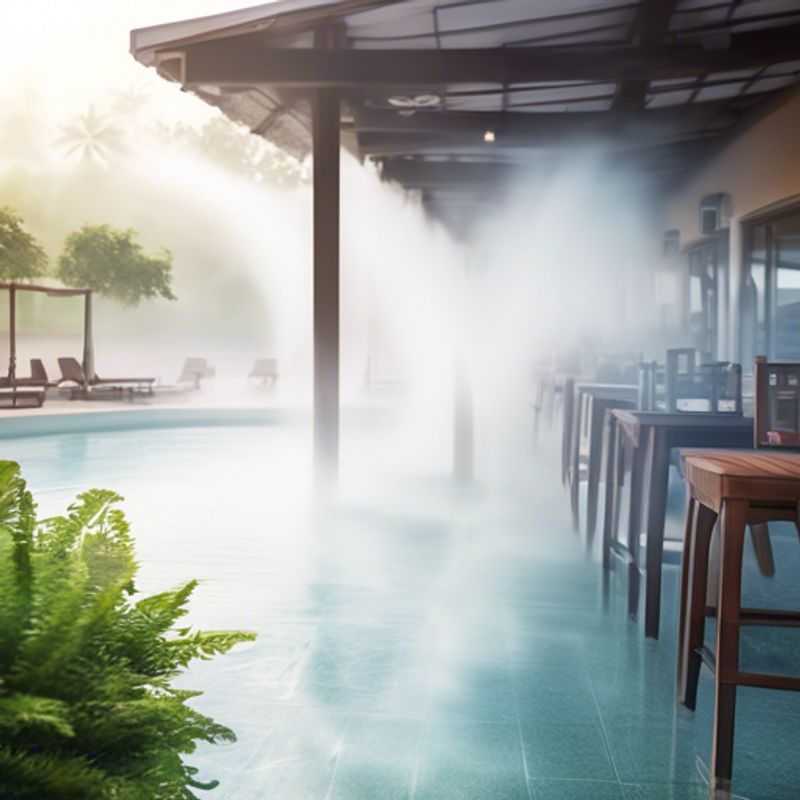
Top Things to Know Before Buying an Outdoor Mist Cooling System: Coverage, Water Compatibility, Installation, Energy Efficiency, Features, Weather Resistance, Warranty
Beat the heat this summer with an outdoor mist cooling system! These systems are a great way to make your outdoor space more enjoyable, but before you buy, there are a few important things to consider.
First, understand the coverage area and cooling capacity required for your outdoor space.
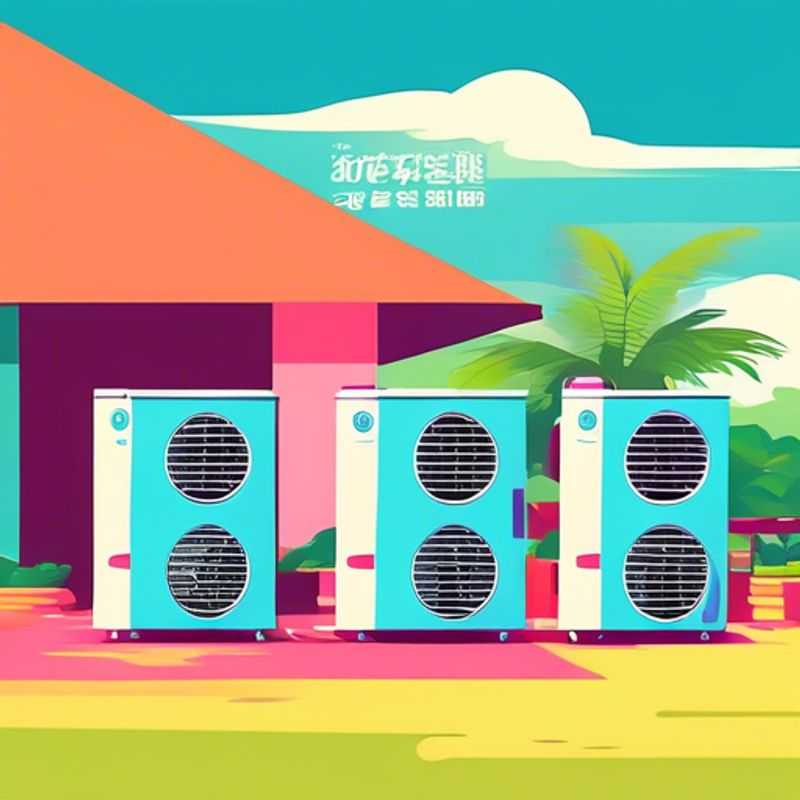
Cool Down Your Outdoor Oasis: Coverage Area and Cooling Capacity Explained
When planning to cool down your outdoor space, understanding the coverage area and cooling capacity is crucial. This will ensure you choose the right system to keep your space comfortable and avoid overspending.
The coverage area refers to the size of the space you want to cool. This might be a patio, deck, or even a larger area like a swimming pool. To determine this, you need to consider the square footage of the area.
Cooling capacity refers to how much heat the cooling system can remove. It's usually measured in BTUs (British Thermal Units). The required BTUs will depend on the size of your space, the climate you live in, and the type of insulation in your outdoor structure, if any. For example, an enclosed patio will require less cooling than a completely open deck.
To estimate the required BTUs, you can use online calculators or consult with a professional. However, a general rule of thumb is that you'll need 20-25 BTUs per square foot. This is just an approximation, and you'll likely need more if your space is exposed to direct sunlight.
Remember to consider factors like sun exposure, wind, and the presence of trees or other structures that could block airflow when making your calculations.
When determining the cooling capacity, consider the type of cooling system you're planning to use. Fans provide airflow and evaporative cooling, but are less effective than air conditioners in high humidity or direct sunlight. Misting systems can also offer some cooling relief, but they are primarily meant to create a fine mist that can cool the air slightly.
When getting estimates for cooling equipment, remember to factor in installation costs as well. These costs can vary based on the complexity of the installation and the type of system being used.
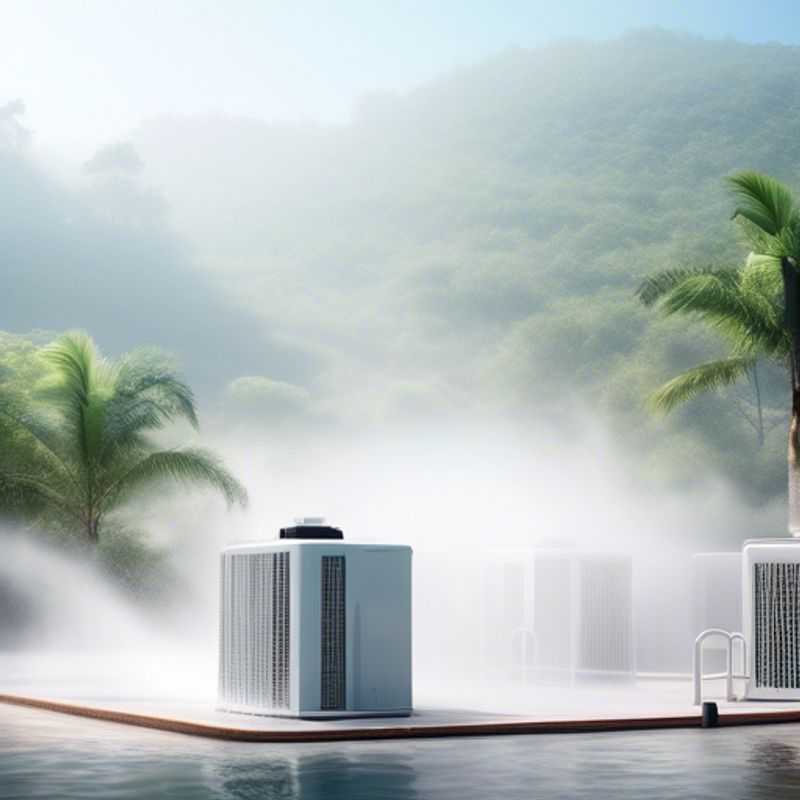
Water Pressure and Flow Rate: Matching Your Plumbing for Optimal Performance
To ensure your home's plumbing system operates efficiently, it is crucial to check the water pressure and flow rate compatibility. Water pressure is measured in pounds per square inch (PSI) and should ideally be between 40 and 60 PSI for residential systems. Higher pressures can lead to pipe damage, while lower pressures may affect the performance of fixtures.
The flow rate, measured in gallons per minute (GPM), indicates how much water is available for use at any given time. A typical household fixture should have a flow rate of at least 1.5 GPM for sinks and 2.5 GPM for showers. To check compatibility, you can use a pressure gauge and a flow rate meter to assess your system's performance.
When planning to check your water pressure and flow rate, consider potential costs such as purchasing tools (around $20-$50 for gauges and meters) and hiring a plumber if needed, which can cost between $75 and $150 per hour. Additionally, if adjustments are necessary, you may incur costs for pressure regulators or flow restrictors.
In summary, maintaining the right water pressure and flow rate is essential for the longevity and functionality of your plumbing. Regular checks can help prevent costly repairs and ensure optimal performance of your water systems.
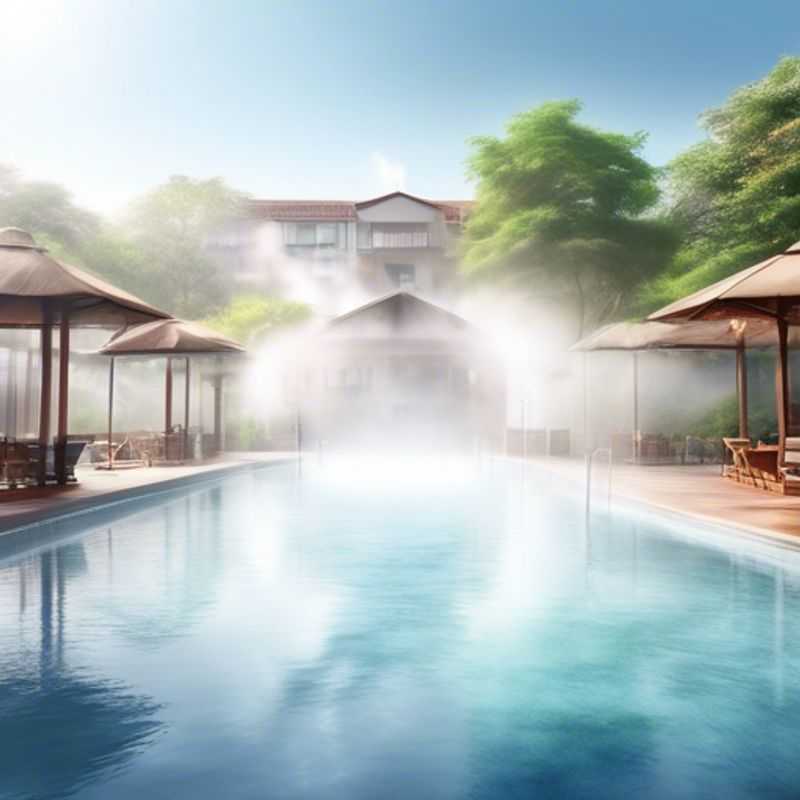
Think Ahead: Installation and Maintenance Access for Your Workflow Products
When planning your workflow product installation, consider the installation requirements and accessibility for maintenance. This is crucial for smooth operation and minimizing downtime.
Installation requirements refer to the necessary space, power supply, and any specific environmental conditions needed. These factors directly influence the product's performance and can impact the overall cost of installation.
Accessibility for maintenance is equally important. Ensure technicians can easily reach all components for routine inspections, repairs, and upgrades. This might involve providing adequate clearance around equipment, clear pathways, and appropriate documentation.
By planning these aspects early, you can avoid costly rework and ensure your workflow product operates optimally for years to come.
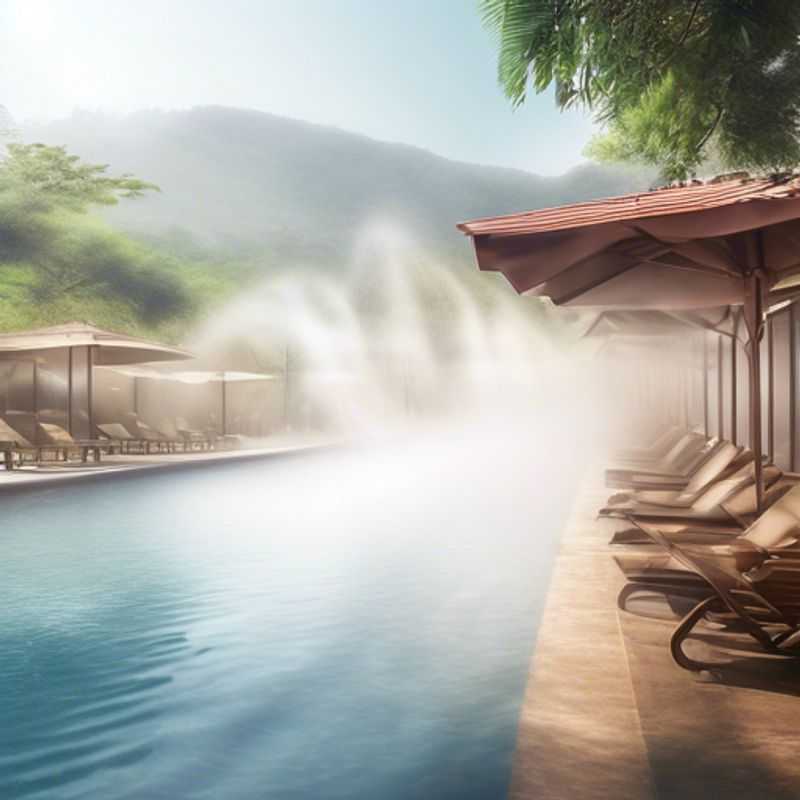
Cooling Down Your Costs: Evaluating the Energy Efficiency and Operating Costs of Mist Cooling Systems
Evaluating the energy efficiency and operating costs of a mist cooling system involves several key factors. Mist cooling systems work by using water droplets to absorb heat from the air, making them an effective solution for outdoor cooling. To assess energy efficiency, consider the power consumption of the system, which typically includes the energy used by the pumps and fans. Most systems consume between 1 to 5 kW, depending on their size and design.
In terms of operating costs, the primary expenses include water usage, electricity consumption, and maintenance. Water costs can vary based on local rates, but mist systems generally use about 1 to 3 gallons of water per hour per nozzle. Electricity costs depend on local energy rates and the system's power consumption. Regular maintenance, such as cleaning nozzles and filters, should also be factored in, which can add to the overall operating costs.
When planning for a mist cooling system, installation costs should not be overlooked. This can range from a few hundred to several thousand dollars, depending on the complexity and scale of the system. Additionally, consider any potential permits or fees required by local regulations, which can also affect the overall budget.
Finally, it's essential to evaluate the return on investment (ROI) by comparing the costs of the mist cooling system against the benefits, such as improved comfort and productivity in outdoor spaces. This analysis will help ensure that the system is a cost-effective choice for your cooling needs.
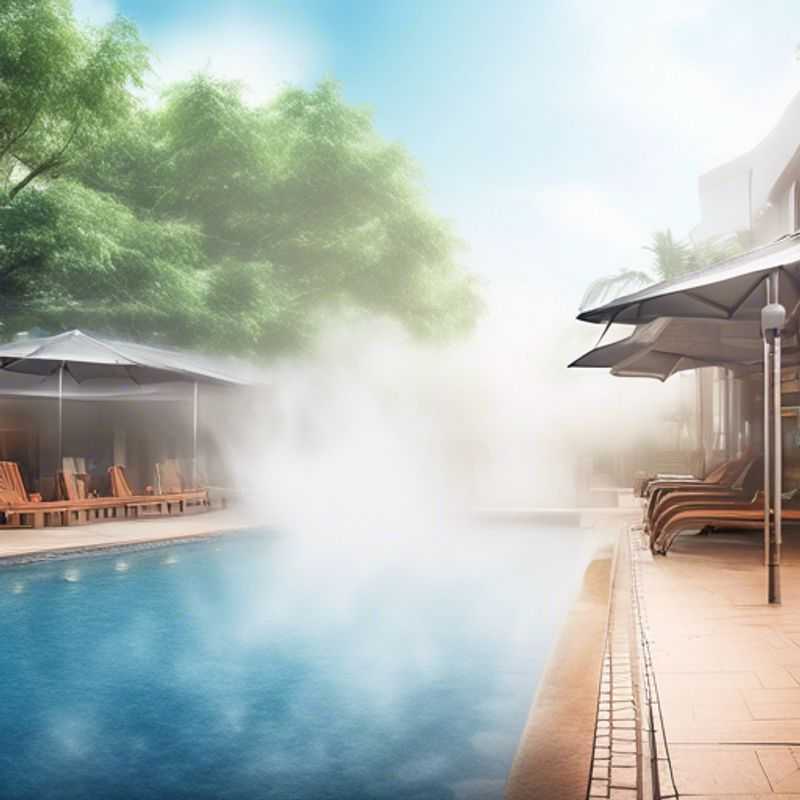
Beyond the Basics: Cool Features to Look for in Your Next Humidifier
When looking for a humidifier, you'll want to consider features that enhance its functionality and ease of use. Key features to look for include adjustable mist output, timer settings, and remote control.
Adjustable mist output allows you to control the amount of moisture released, tailoring it to your room's size and humidity preferences. Timer settings enable you to schedule the humidifier's operation, ensuring optimal humidity levels during specific times. A remote control offers convenient operation from a distance, allowing you to adjust settings without physically interacting with the device.
These features contribute to a more comfortable and personalized experience. Consider these features when choosing a humidifier to ensure it meets your specific needs and preferences. Remember, these are just some key features to look for when purchasing a humidifier. For more information about specific humidifiers, please consult product reviews and user guides.
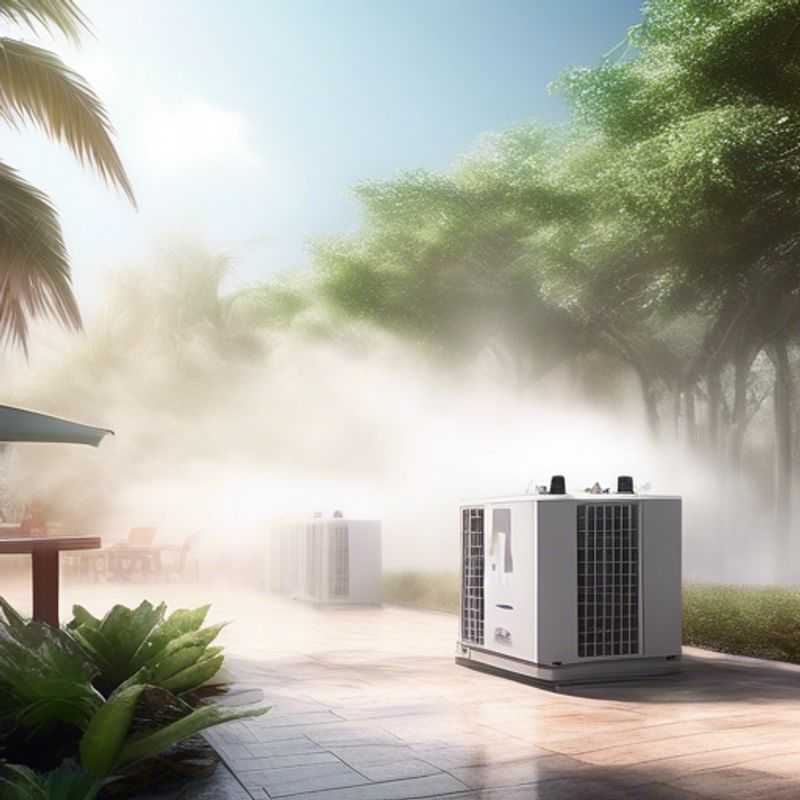
Weatherproofing Your System: Ensuring Outdoor Durability
Ensuring your system is weather-resistant and suitable for outdoor use is crucial for its longevity and reliable performance. Here’s what you need to consider:
**Weatherproofing:** Consider using materials like stainless steel, aluminum, or weather-resistant plastics for construction. Seal all electrical connections with weatherproof sealant and ensure proper drainage to prevent water accumulation. You might also want to consider incorporating a weatherproof enclosure for your electronic components.
**Environmental factors:** Take into account the specific weather conditions your system will face. High temperatures, humidity, dust, rain, and even snow can all impact performance. Ensure the system is designed to withstand these conditions and includes components that are rated for outdoor use.
**Testing:** Thorough testing in simulated and real-world environments is essential. This helps identify vulnerabilities and ensure the system can handle the intended weather conditions. Testing might involve exposure to extreme temperatures, humidity, rain, and other environmental factors.
**Maintenance:** Regular maintenance is critical to ensure the system's longevity and performance. This includes cleaning, inspecting, and replacing components as needed.
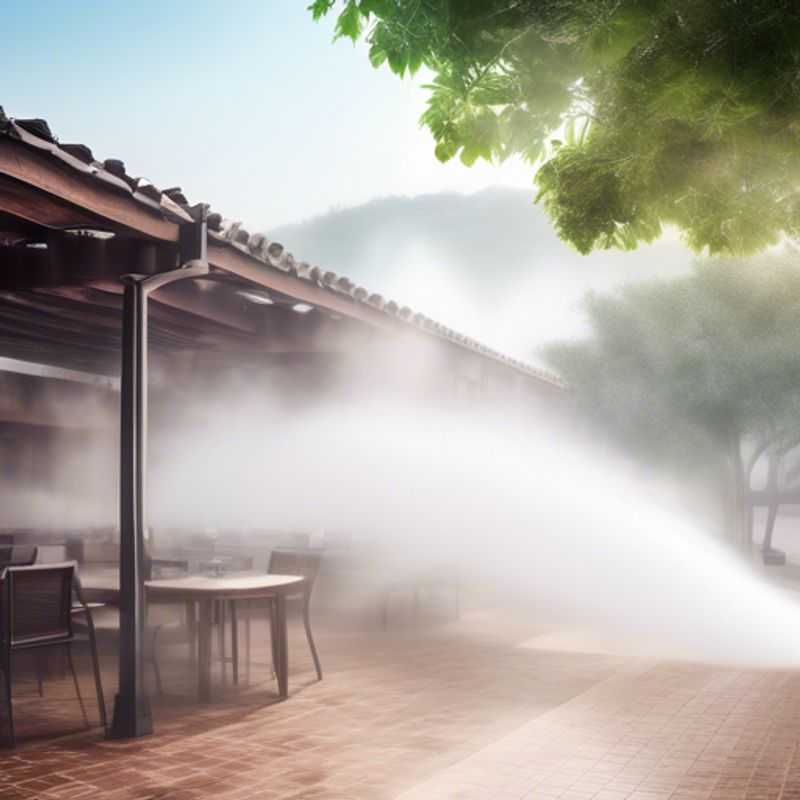
Beyond the Price Tag: Why Warranty and Customer Support Matter
Before you invest in any workflow product, take a moment to thoroughly research the warranty and customer support provided by the manufacturer. This crucial step can save you significant headaches down the line.
Understanding the Warranty is essential to know how long the product is covered, what's included in the warranty, and what's excluded. It also helps understand if there are any additional fees for extended warranties or other coverage options.
Customer support is vital in case you encounter issues with the product, require assistance with setup, or have any questions. Investigate what support channels are available (phone, email, online chat, forums) and whether there are any fees associated with support services.
Look for reviews and testimonials from other users to gauge the quality of customer support provided. Reviews can provide valuable insights into response times, the helpfulness of support agents, and the overall satisfaction of existing customers.
Consider the manufacturer's reputation. A company known for its excellent customer support will likely offer a solid warranty and helpful resources. A company with a reputation for poor customer service may have a limited warranty and unreliable support.
Investing the time to research warranty and customer support can pay off significantly in the long run. It can help you choose a workflow product that offers the peace of mind and confidence you need. Remember, a good warranty and customer support system can make the difference between a positive and a negative experience with your chosen product.
